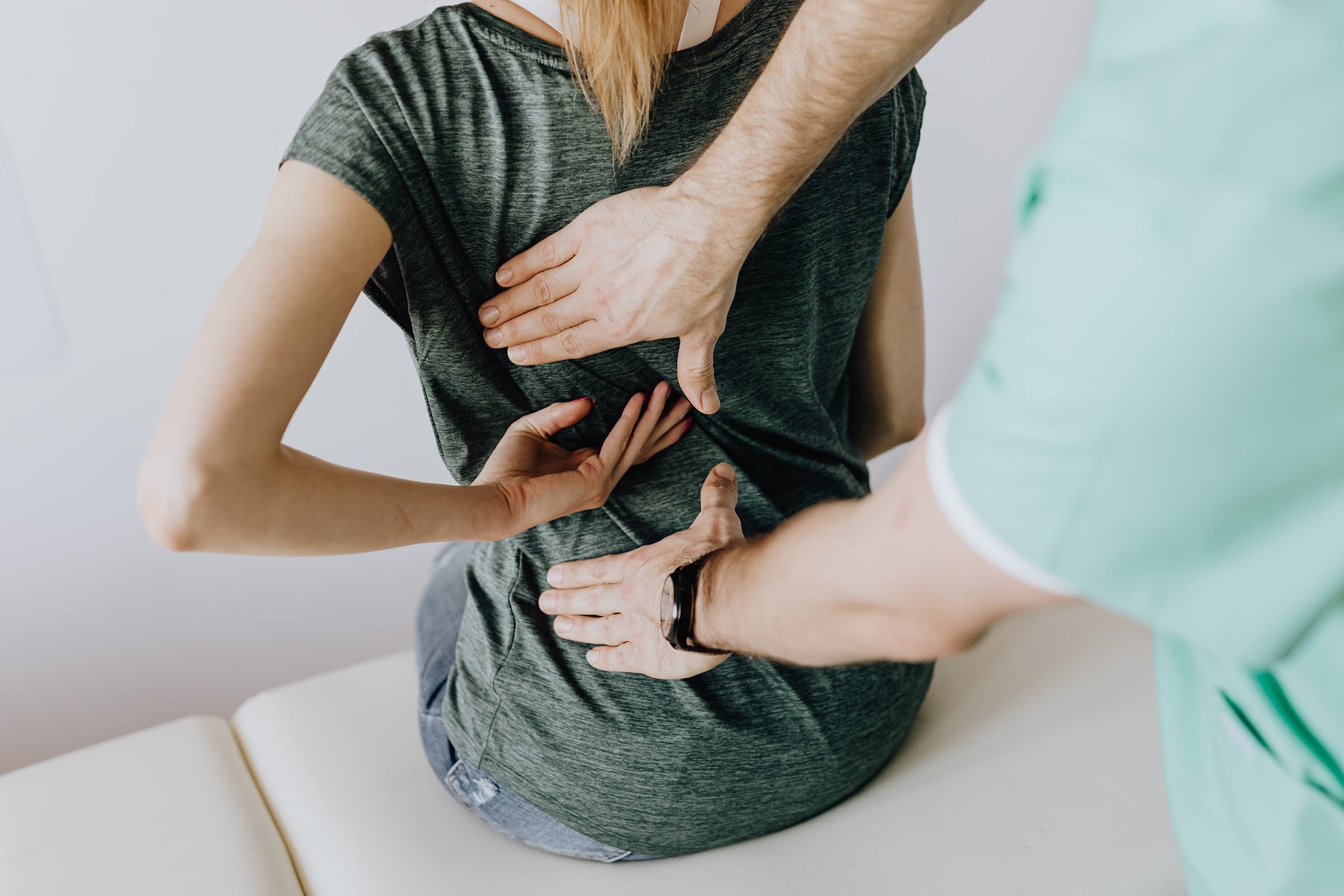Here’s a paradox: for many Americans fitness is an explicit goal, with over 20% of us paying for gym memberships. Japan, by contrast, has about 1/10 the rate of gym memberships, and even this is new; until recently almost no one in Japan worked out. A recent Rakutan Insight survey of 1000 Japanese aged 20 to 70 found that fully half of those interviewed worked out less than once a month because they “didn’t like to exercise”.
But here’s the interesting thing: by most measures, the Japanese are healthier than their American counterparts. The Japanese enjoy longer lives, are less troubled by obesity, heart disease, diabetes, as well as a host of other diseases that exercise helps prevent.
Now we know that the Japanese have the same basic anatomy and physiology as Americans, and we also know Japanese who immigrate to the US and adopt the American lifestyle soon have similar rates and patterns of disease. So, what’s going on?
It turns out it’s not so much that extreme activity (working out) makes us live longer; rather, it’s that extreme inactivity shortens our lives. And, counterintuitively, a person can be in both camps. That is, a person can be a gym rat, working out hard for an hour or more every day, but then sit inert for many more hours at their PC, in their car, on their couch, at their desk… you get the picture. Our chair centric, automobile-centric, convenience-laden lives is what is doing us in. We don’t take the stairs, we have elevators for that; we don’t walk to a restaurant, we call an Uber or have food delivered; heck, we don’t even get up to change the channel because we have a remote for that.
Building regular activity- like walking- into life, results in life-long health benefits.
In Japan, activity is built into life. In particular, the Japanese walk a lot. Yes, the Japanese say they don’t exercise, but that’s because they don’t think of walking as exercise. But their bodies know better: when you’re walking, your body is in a completely different state, with improved good cholesterol, lowered bad cholesterol, lower insulin, as well as a myriad of other serum markers. Health is simply improved by walking. Hippocrates intuitively understood all this when he pronounced walking to be “… man’s best medicine”.
Crucially, the Japanese are lifelong walkers. By embracing an activity that can be a part of their later years, the Japanese ensure to have built exercise into their lives long before the phase when going to a gym isn’t likely. Walking is an exercise that 60, 70, 80, and even 90 year-old’s can continue to enjoy and profit from, long after the gym rats have hung up their spandex.
And this phenomenon doesn’t only apply to the Japanese. When researchers went looking for the longest-lived populations in the world they found a few stand outs. Dubbed the “Blue Zone”, these were regions where people had “forgotten to die”. And although these places had a few features in common (geographic isolation, plant-based diets, and social engagement), a lifestyle that seamlessly involved physical activity, especially walking, was the most prominent feature.
Of course, it’s not only about exercise. The Japanese diet makes a contribution to their overall health, and universal health care undoubtedly plays a role. But by simply normalizing moderate physical activity the Japanese effortlessly improve their lifespans.
The Japanese immortalize the koan: Before enlightenment, chop wood, carry water. After enlightenment, chop wood, carry water.
It’s the purpose of a koan to be inscrutable, of course, but this koan is more accessible than most on at least one level: by building activity into one’s life- chopping wood and carrying water- one’s life can be not only more fulfilling, but longer.
In the US we struggle to incorporate regular activity into our lives, perhaps because we’ve come to consider convenience to be an unalloyed good. But it’s clear that racing to the gym to undo the harm and stress of a day slouched in front of a PC, isn’t necessarily the best solution. Rather, building activity into our lives- biking to work, playing softball, raking the leaves, doing housework, playing with your kids, gardening, and especially walking- these keys of effortless fitness, are the real solution.





2 comments
Turner Osler
Ash,
Yes, there are some gyms in Japan, just not nearly as many as in the USA. But the point of this blog is that inactivity is the real culprit, and that the Japanese have found a way to incorporate more activity into their daily routines as a natural solution to a real problem. This re-engineering of one’s daily life solves the big problem inactivity. The occasional intense activity of gym culture doesn’t actually do much to alleviate the problems caused by inactivity. For more on this, here’s a great article published in Comprehensive Physiology in 2012:
https://www.ncbi.nlm.nih.gov/labs/pmc/articles/PMC4241367/
Ash
I lived in Saitama for a year and there are many many gyms in Japan 🤪
Leave a comment
All comments are moderated before being published.
This site is protected by hCaptcha and the hCaptcha Privacy Policy and Terms of Service apply.